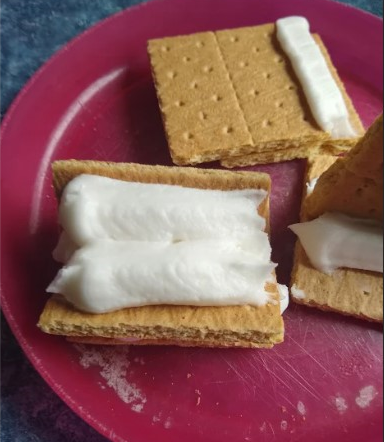Refine and Define is part four in an eight-part series on e-learning technical vocabulary systems. Read part one, part two and part three.
Embrace complexity.
Contemporary students need is critical literacy. Critical literacy empowers the reader to question the author’s perspective and motives (McLaughlin >amp; DeVoogd, 2004). Encourage students to direct their own thinking. Challenge them to explore the nuances of whatever material they examine. This means no two lessons will be the same. The students will drive the lessons, and their interactions will move the class in different directions.
We must continue to provide opportunities for students to engage with material on a complex level. The Refine and Define vocabulary approach achieves critical literacy in an interesting way. Many teachers are incorporating video demonstrations for students to observe, analyze and question. Consider the following exercise to increase the complexity of this activity.

Refine and Define
Gist: Students use the Refine and Define worksheet to help them write definitions in their own words.
When to use: Practice writing skills while reinforcing vocabulary understanding. Refine and Define is great for classes that use complex terminology. Conduct this activity as a class, in small groups or individually.
How It Works
- Begin with a technical term.
- Challenge students to write a concise definition of the term. The definition should be easily explained to a third party. In five steps, ask students to complete the worksheet and hone their definition.
- First, they should write the word and its dictionary definition (or a technical definition from the text).
- Then ask students to choose one word or phrase in the dictionary definition to put in their own words. Ask them to write a new version of the definition.
- Repeat until the definition is written completely in their own words.
- Invite students to share and discuss any term they choose. For an added challenge, ask students to think of uses in context.
When students share their own unique definitions with classmates, all benefit from the opportunity to reinforce vocabulary usage and understanding. Students will be actively engaged in the development of listening, speaking and writing skills. The possibilities are limitless for incorporating literacy learning into CTE.
See the strategy in action.
https://www.youtube.com/watch?v=O8YLbULG4mY>amp;t=33s
Download the Refine and Define worksheet for use in your CTE classes.
Sandra Adams is a teacher and instructional coach with the Career Academy, Fort Wayne Community Schools. She co-wrote the ACTE-supported book But I’m NOT a Reading Teacher!: Literacy Strategies for Career and Technical Educators with Gwendolyn Leininger, where further detailed explanations of the strategies in this series can be found. Email her.






